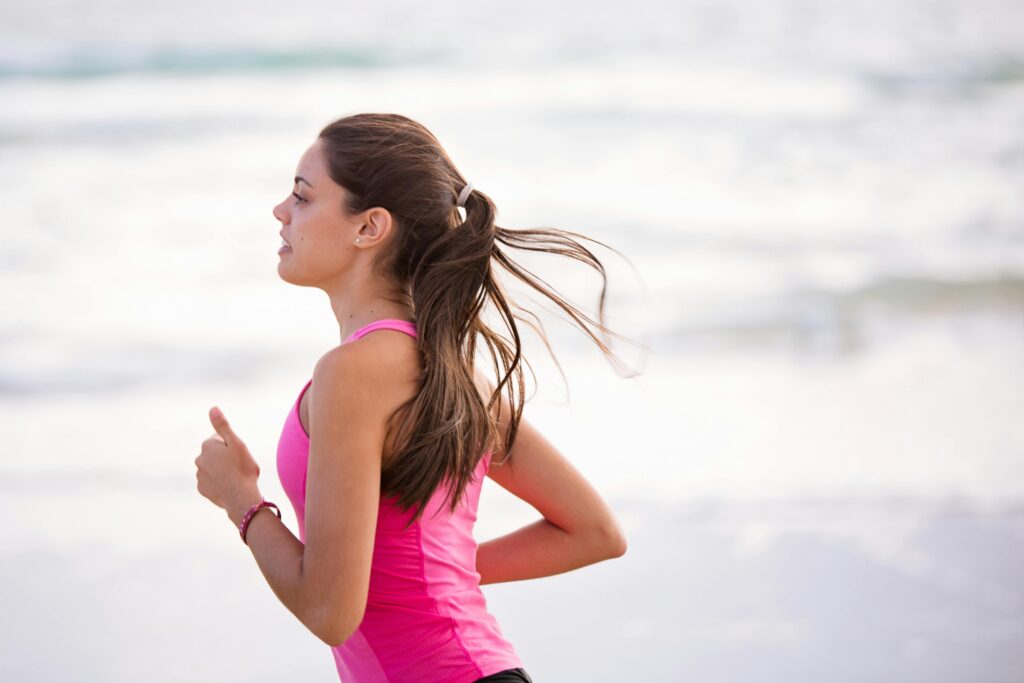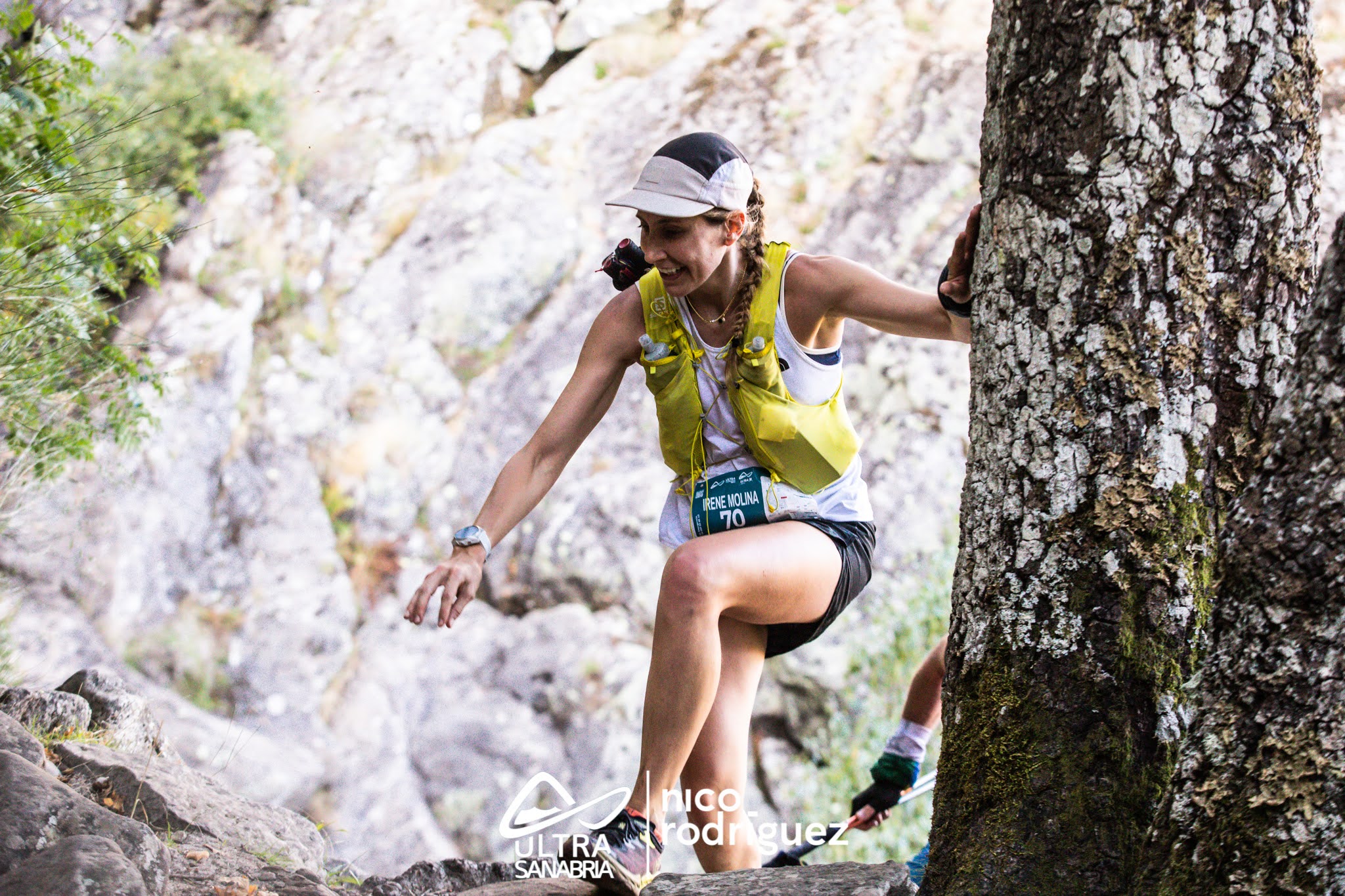Running Biomechanics: Key for Speed and Injury Prevention

Running biomechanics is crucial to improving running performance and preventing injuries. As a coach and therapist, I frequently discuss this topic with athletes and patients. Understanding the principles of biomechanics can lead to more efficient running, making runners faster and healthier. This article explores the basics of running form and offers tips to help you become a more effective runner.
Foot Mechanics: Heel Strike, Overstriking, and the Role of the Big Toe
Did you know that around 80% of runners are heel strikers [1], yet over 50% declare being mid-foot strikers? This discrepancy highlights a common misunderstanding among runners about their own biomechanics. However, contrary to popular belief, foot strike patterns do not necessarily impact injury risk or running efficiency. In fact, overall running form, including aspects like overstriking and body position, plays a more critical role in performance and injury prevention.
Overstriking, or landing with your foot too far in front of your body, can lead to inefficiencies and injuries. It increases the impact forces on your legs and can cause a braking effect, slowing you down. Aim to land with your foot closer to your center of gravity to promote a smoother, more efficient stride. Maintaining proper upper body posture is essential for this. Keep your hands and arms relaxed at a 90-degree angle, swinging them naturally with your stride. Avoid leaning forward from the hips; instead, lean slightly from the ankles and keep your gaze forward to maintain a neutral spine position.
Understanding pronation and supination is also crucial. Many runners, influenced by running shoe marketing, believe they are either pronators or supinators. In reality, a healthy stride involves both pronation (inward foot rolling) and supination (outward foot rolling). Problems occur with excessive pronation (overpronation) or insufficient pronation (also known as supination). These issues can often be addressed with appropriate exercises and, if these don’t work, by correcting the footwear and/or using orthotics.
The big toe plays a critical role in running biomechanics. It stabilizes the foot, regulates pronation, and is crucial for forward propulsion. It can bear up to 12 times more weight than the small toe; therefore, it is essential to make adequate room for it in your shoes. A cramped big toe can lead to plantar fascia issues, posterior tibialis and Achilles tendinopathy, and overall foot structure problems, promoting the formation of medial bony protrusions. When selecting running shoes, it’s crucial to ensure that all toes, especially the big toe, have enough room. Brands like Altra, Hoka (wide option), and Inov8 offer wide toe box options that allow for natural toe splay and improve stability. Other brands known for wider toe boxes include Topo Athletic and New Balance.
ADVERTISEMENT

The Importance of Drills
Incorporating drills into your training regimen can improve running form, strengthen specific muscles, and promote proper coordination. Drills address issues like overstriking and improper body posture by enhancing muscle memory and biomechanics. They can be categorized based on the muscles they activate:
- High Knees: Help run tall and activate the glutes and hip flexors.
- Front Running Drills: Focus on the hip flexors and hamstrings.
- Butt Kicks: Engage the hip flexors and quads, which are crucial for preventing overstriking.
Drills also enhance mobility and technique. For example, A-skips, B-skips, and high butt kicks refine technique, while high knees, front running, and butt kicks improve mobility. Hill sprints are another effective drill. They enhance body position, activate power muscles, and reduce ground contact time, contributing to a better running economy.
Running Economy and Performance
But why am I adding so much emphasis to running biomechanics? Because it’s crucial to improve the running economy. Running economy refers to the energy demand for a given running velocity, which basically defines how economical a runner is using energy when running. Various factors influence it, including biomechanics, muscle efficiency, and metabolic adaptations. Have you ever compared runners at the front line of a race? You will find that elite runners have different running biomechanics than amateur runners, making them more efficient and, therefore, having a better running economy. However, specific strength training, especially explosive strength training alongside the above-mentioned drills, can significantly improve running economy by enhancing neuromuscular characteristics, improving form, and potentially through enhancing muscle-tendon stiffness [2, 3].
Trail Running Considerations
Trail running introduces unique challenges to biomechanics due to uneven terrain and varying conditions. Research indicates that trail runners experience different biomechanical stresses compared to road runners, which can affect running economy and form [4]. Fatigue also plays a significant role in how trail runners, especially ultrarunners, adapt their biomechanics, emphasizing the need for specific training and conditioning to minimize the risk of injury [5].
When comparing trail running to road running, it’s clear that the unpredictable nature of trails requires a higher degree of agility and muscular endurance. Trail runners must develop stronger stabilizing muscles and more adaptive foot strike patterns to handle the varied terrain. Proprioception exercises are key for trail runners to make them more agile and responsive, especially when running fast downhill.
Conclusion
Understanding and applying the principles of running biomechanics can make a significant difference in your performance and injury prevention. You can become a more efficient and healthier runner by focusing on proper cadence and upper body position and incorporating targeted drills and specific gym workouts. Road running and trail running have different demands in terms of biomechanics to improve running economy. Therefore, specific exercises can help with the specific needs of each discipline. These are running biomechanics.
References:
- Bovalino, S.P. and M.I.C. Kingsley, Foot Strike Patterns During Overground Distance Running: A Systematic Review and Meta-Analysis. Sports Med Open, 2021. 7(1): p. 82.
- Albracht, K. and A. Arampatzis, Exercise-induced changes in triceps surae tendon stiffness and muscle strength affect running economy in humans. Eur J Appl Physiol, 2013. 113(6): p. 1605-15.
- Saunders, P.U., et al., Factors affecting running economy in trained distance runners. Sports Med, 2004. 34(7): p. 465-85.
- Giandolini, M., et al., Foot strike pattern and impact continuous measurements during a trail running race: proof of concept in a world-class athlete. Footwear Science, 2015. 7(2): p. 127-137.
- Morin, J.B., et al., Changes in running mechanics and spring-mass behavior induced by a mountain ultra-marathon race. J Biomech, 2011. 44(6): p. 1104-7.
ADVERTISEMENT

Dr Irene Molina-Gonzalez is a Doctor in Biomedicine, a sports therapist, a running rehabilitator, and a running coach. She has extensive experience in scientific research and clinical practice, further increasing her knowledge by currently studying for an MSc in Sport and Exercise Science and Medicine. She is the co-founder, alongside her husband Mario, of Train4Body&Mind, providing running coach services. She stays up-to-date with the latest research, which she applies to her coaching to ensure her athletes significantly boost their performance and prevent injuries. She is very dedicated to her athletes, with her top enjoyment being seeing them succeed and reach their goals. She is also an experienced runner, passionate about ultradistances, with an extensive curriculum of national and international races and well-earned podiums.






